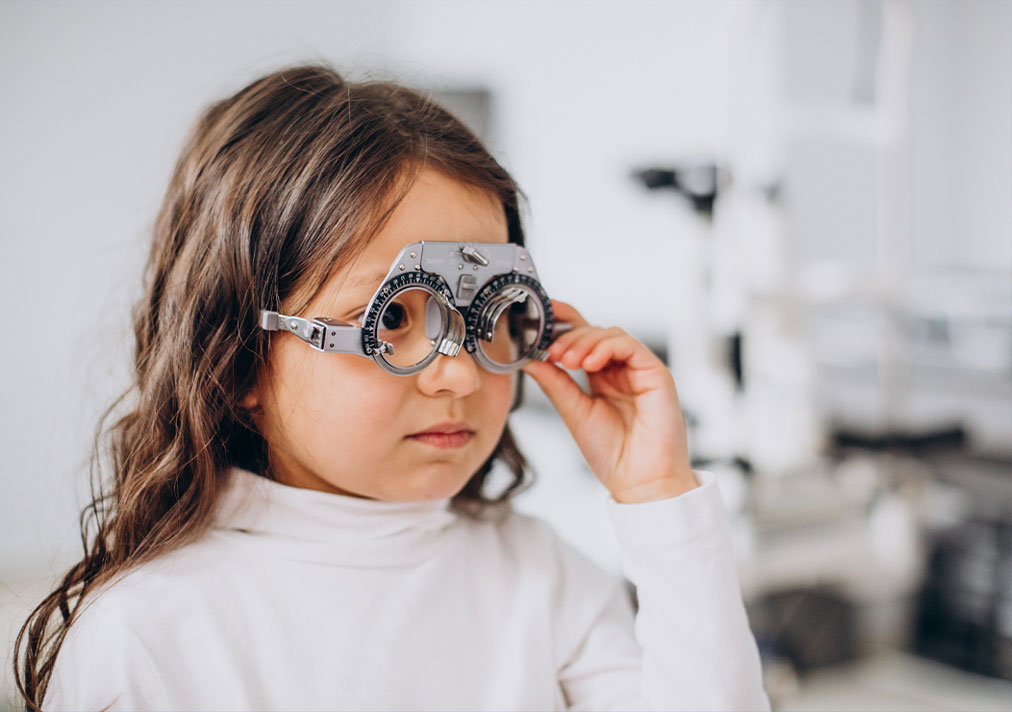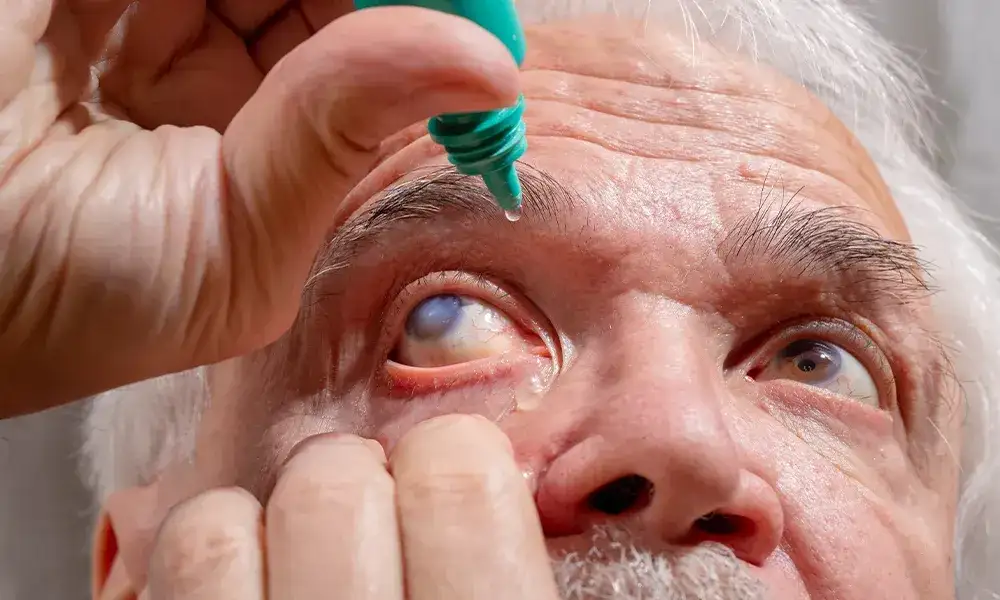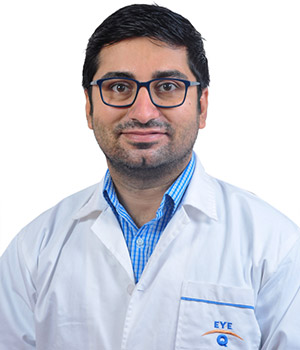Glaucoma, an eye disease that can lead to vision impairment or even blindness, typically affects older adults (in their fourth decade and above). However, Glaucoma can also strike at a young age, presenting unique challenges and considerations. In this article, we’ll delve into the world of glaucoma in young individuals, exploring the disease’s causes, signs, treatment options, and the importance of regular eye checkups.
Glaucoma at a Younger Age
While glaucoma is commonly associated with ageing, it’s worth noting that it can manifest in young individuals as well. In some rare cases, babies are born with glaucoma due to genetic factors, which require early intervention, possibly including eye surgery during infancy. Young adults and teenagers may also experience glaucoma, often influenced by genetic predisposition, or secondary to steroid use or trauma. Advanced diagnostic techniques, like Optical Coherence Tomography (OCT), allow for earlier detection, in these as young predisposed eyes.
Signs and Symptoms of Glaucoma in Children
Detecting glaucoma in children poses a challenge due to its rarity and more so due to difficulty in assessment of vision and other parameters. Children may exhibit signs such as increased tear production, light sensitivity, cloudiness in the eye’s front part, unequal eyeball sizes, and difficulty seeing clearly. If eye pressure rises rapidly, children might experience eye pain and irritability. Early diagnosis of Glaucoma is vital to prevent vision loss. As symptoms can overlap with other eye diseases, consulting an eye doctor is crucial for accurate diagnosis and timely treatment.
Treatment for Glaucoma
The treatment approach for childhood glaucoma and glaucoma in young adults depends on various factors, including age, health, severity, and personal preferences. Several options exist:
- Medications: Medicines can reduce fluid production or enhance drainage, thus lowering eye pressure.
- Surgical treatment: These procedures create alternate opening for draining of fluid from the eye, through various techniques such as Trabeculotomy, Goniotomy, Trabeculectomy, Iridotomy, Glaucoma drainage devices and Cyclophotocoagulation.
Both medications and surgery have shown success in treating childhood glaucoma, with the choice dependent on the specific case. However, glaucoma in children and young is relatively rare but usually more severe and faster progressing, it needs more aggressive treatment. Surgical intervention is more commonly needed than in elderly. Early treatment initiation is essential to preserve vision and manage glaucoma effectively.
Get Personalized Treatment at Eye-Q Hospitals
Eye-Q Eye Care Hospital boasts over 16 years of experience and has performed over 7.5 million surgeries. Our team of skilled eye specialists is adept at managing childhood glaucoma and all other eye problems. Through the treatment journey, we provide unwavering support and guidance to both parents and children, ensuring positive outcomes. If your child is diagnosed with childhood glaucoma, you can confidently explore treatment options at Eye-Q Eye Care Hospital.
Glaucoma’s impact isn’t limited to older individuals—it can affect the young, too. Recognizing the signs, seeking early diagnosis, and exploring suitable treatment options are crucial steps. With advancements in diagnostics and medical expertise, glaucoma can be managed effectively. Remember, regular eye checkups are key to catching problems early. So, whether you’re young or old, prioritize your eye health to ensure a clear and vibrant future.




